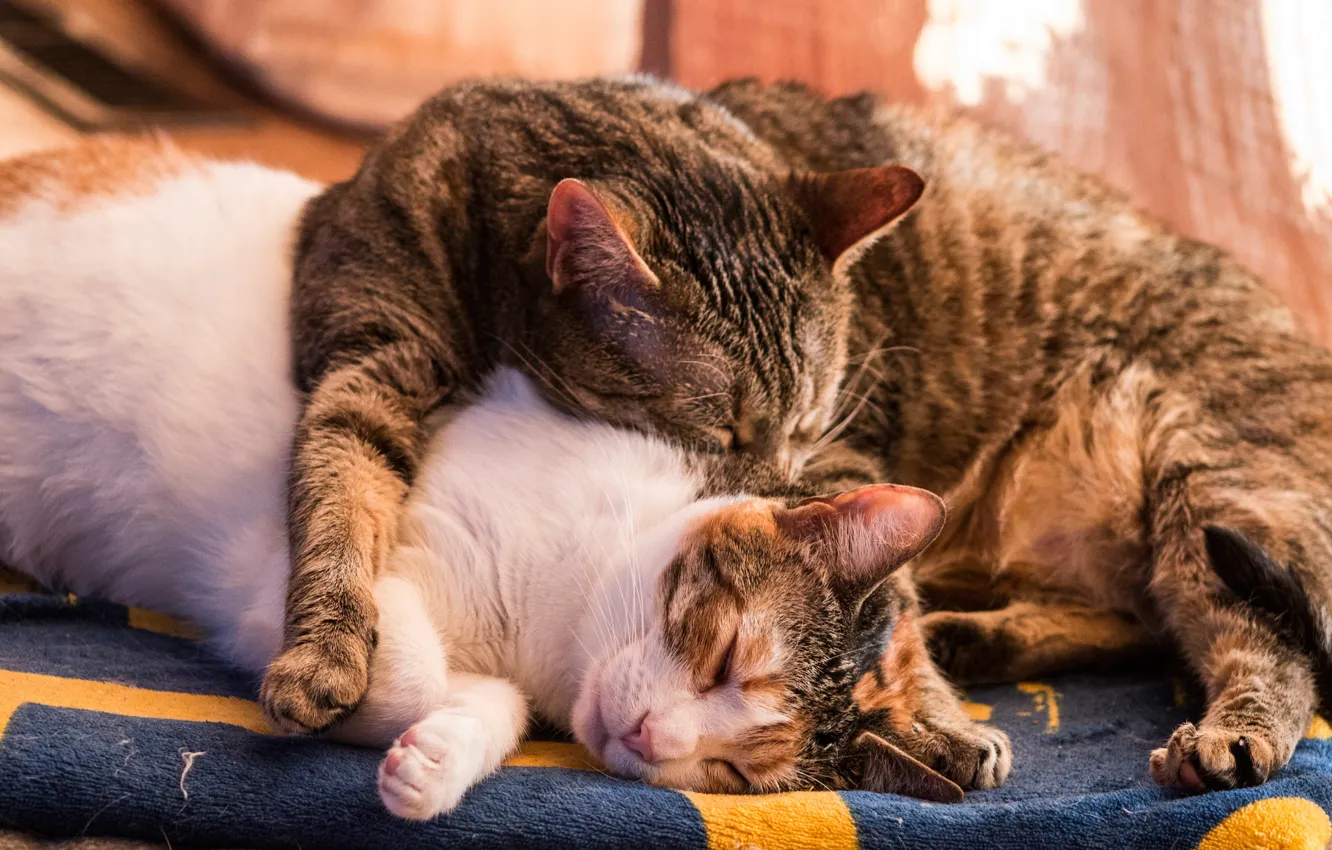Introduction: Deciphering the Sleeping Habits of Cats
Cats are notorious for their love of lounging and snoozing, spending a significant portion of their day curled up in cozy corners or basking in the sunlight. But what lies behind their seemingly insatiable need for sleep? In this in-depth exploration, we delve into the fascinating world of feline sleep habits, uncovering the reasons why cats sleep so much and shedding light on the biology and behavior that drive their slumberous tendencies.
The Nature of Cats: Crepuscular Creatures
Cats, by nature, are crepuscular animals, meaning they are most active during the dawn and dusk hours. This natural rhythm is thought to be a holdover from their wild ancestors, who hunted primarily during the twilight hours to avoid competition with larger predators. As a result, cats have adapted to conserve their energy during periods of low activity, often sleeping for extended periods during the day and night to recharge their batteries for hunting and play.
Biology of Sleep: Understanding Feline Circadian Rhythms
Like humans, cats experience sleep cycles that alternate between rapid eye movement (REM) sleep and non-rapid eye movement (NREM) sleep. During REM sleep, cats may exhibit twitching or vocalization, indicating that they are in a deep state of dreaming. NREM sleep, on the other hand, is characterized by restorative rest, during which the body repairs and rejuvenates itself. Cats typically cycle through these sleep stages multiple times throughout the day and night, with the length and depth of sleep influenced by factors such as age, health, and environment.
Energy Conservation: Maximizing Efficiency
Despite their reputation for being aloof and independent, cats are actually highly efficient predators with finely tuned instincts for survival. By conserving energy through extended periods of sleep, cats are able to maintain their alertness and agility when it matters most – during hunting and exploration. This evolutionary adaptation has helped cats thrive in diverse environments, from the African savanna to suburban neighborhoods, by allowing them to conserve energy during periods of inactivity and conserve resources for times of need.
Temperature Regulation: Seeking Comfort and Warmth
Cats are notoriously sensitive to changes in temperature and prefer to sleep in warm, cozy spots where they can regulate their body heat. In the wild, cats seek out sheltered areas such as dens or thick foliage to protect themselves from the elements and maintain their body temperature. Indoors, cats may gravitate towards sunny windowsills, soft blankets, or heated beds to ensure maximum comfort during sleep. By curling up in a tight ball or stretching out to expose more surface area to warmth, cats are able to thermoregulate effectively and achieve optimal sleep conditions.
Stress Reduction: Coping Mechanism for Anxiety
In addition to physical factors, cats’ sleeping habits may also be influenced by psychological and emotional factors, including stress and anxiety. Cats are sensitive creatures that can be easily affected by changes in their environment or routine, leading to feelings of insecurity or unease. To cope with stressors such as loud noises, unfamiliar visitors, or changes in household dynamics, cats may retreat to quiet, secluded areas to rest and recharge. By sleeping for extended periods, cats are able to escape from stressful stimuli and regain a sense of calm and equilibrium.
Health and Aging: Adapting to Changing Needs
As cats age, their sleeping patterns may change due to factors such as declining health, reduced mobility, or cognitive changes. Senior cats may spend more time sleeping as their energy levels decrease and their bodies require more restorative rest to maintain optimal health. Additionally, cats with underlying medical conditions or chronic pain may seek out quiet, comfortable spots to rest and recuperate. Understanding and accommodating these changing needs is essential for providing senior cats with the care and support they need to thrive in their golden years.
Conclusion: Embracing the Nap-loving Nature of Cats
In conclusion, the propensity for sleep among cats is a multifaceted behavior influenced by a combination of biological, environmental, and emotional factors. From their crepuscular nature and energy conservation strategies to their preference for warmth and comfort, cats have evolved to be expert nappers capable of maximizing rest and rejuvenation. By recognizing and respecting cats’ natural sleep habits, we can provide them with the care and environment they need to lead happy, healthy lives. So the next time you find your feline friend dozing off in a sunbeam or curled up in a cozy corner, remember that they are simply following their instincts and enjoying a well-deserved catnap.
